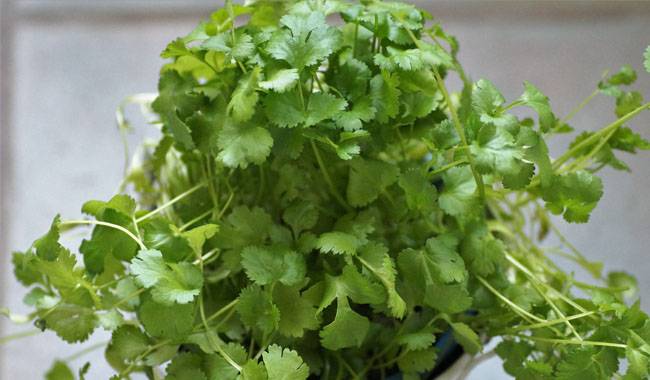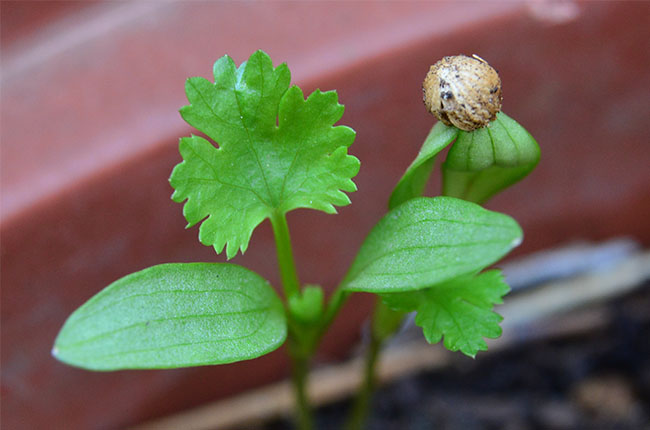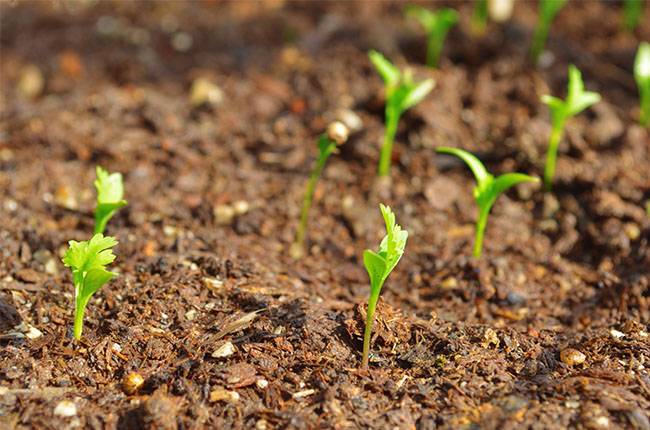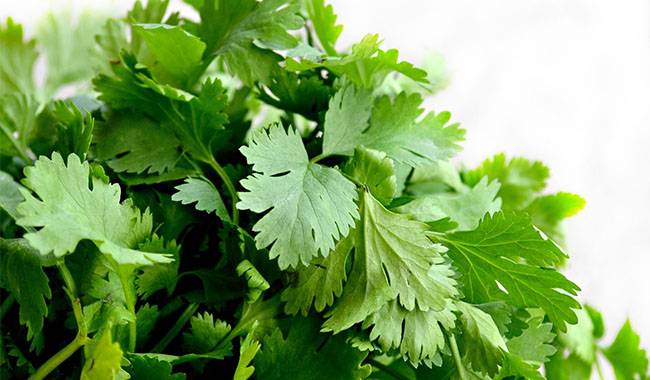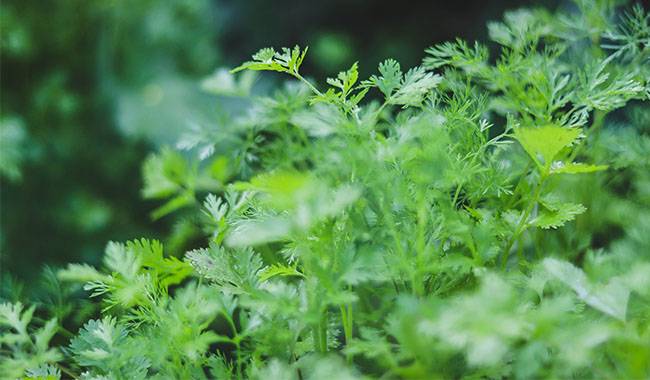
This article will explain 5 interesting facts about coriander.
What is cilantro? Cilantro (coriander) is an annual plant of the celery family. It has a strong aroma that can be felt far from where it grows. It has slender branching stems that are 60-120cm (23.6-47.2inch) tall.
The leaves are basal, long-petioled, three-parted, and with small teeth on the margin. The upper leaves are sessile, pinnate, with filiform leaflets.
Flowers are numerous, small, white or pink, inflorescences collected – pseudo-umbrellas. Blooms from July to August. The fruits are a brownish-yellow globular-necked octopus with a strong and peculiar aroma.
Cilantro has existed since biblical times. About him can be found in the Bible, ancient texts of China, Egypt, India, and the Roman Empire.
Cilantro is native to the Mediterranean but is grown worldwide as a condiment.
FACT 1: CILANTRO AND CORIANDER ARE THE SAME PLANTS
Many people think they are two different plants. Actually, this is not true. Coriander (Coriandrum sativum) is the name given to coriander.
The word “coriander” means “cilantro” in Spanish. What we call coriander leaves is cilantro. Therefore, cilantro is the “green part” of the plant, and coriander usually refers to its seeds.
FACT 2: THE STEMS, LEAVES, ROOTS, AND SEEDS OF THE PLANT ARE ALL PARTS USED IN COOKING.
Both the leaves and seeds are widely used in Mexican, Indian, Middle Eastern, and Southeast Asian cuisine. Fresh cilantro leaves have a slight citrus flavor. The seeds, on the other hand, have a more spicy and aromatic flavor.
The leaves are eaten fresh or cooked. They are used as a condiment for salads, soups, etc.
Fresh herbs are probably the most popular condiment in the world. They are cut at the rosette stage and at the beginning of tillering.
The leaves have an aromatic flavor. It is peculiar and some people find it smelly (it reminds of insects or soap). But if you eat cilantro regularly, you can get used to the smell.
The fresh leaves contain about 0.012% oxalic acid and about 0.172% calcium. Warning: The leaves should not be consumed in large quantities.
The seeds are used as a condiment in many dishes, including cakes, bread, and curries, and to flavorsome alcoholic beverages. Fresh seeds have an unpleasant, disgusting smell. But when they dry, they become aromatic (the longer they are stored, the more pleasant the smell).
Essential oils are obtained from the seeds and used as food flavorings. The powder of the root is also used as a flavoring.
However, the seeds should not be used in place of the leaves and vice versa. The root has more flavor than the leaves, stems, and seeds. Don’t throw it away. You can grind it into Thai curry paste.
FACT 3: CILANTRO HAS MANY HEALTH BENEFITS.
It contains a ton of nutrients that are good for your health. The greens contain iron, magnesium, vitamins A, B, C, and K, as well as – fiber and antibacterial chemicals. And the seeds are rich in – essential oils (11 different kinds), acids, vitamins, and minerals.
The leaves have high antioxidant properties and can retain or prevent food spoilage. And if you grow the plant in a pot and put it in your kitchen window, it’s a great air purifier.
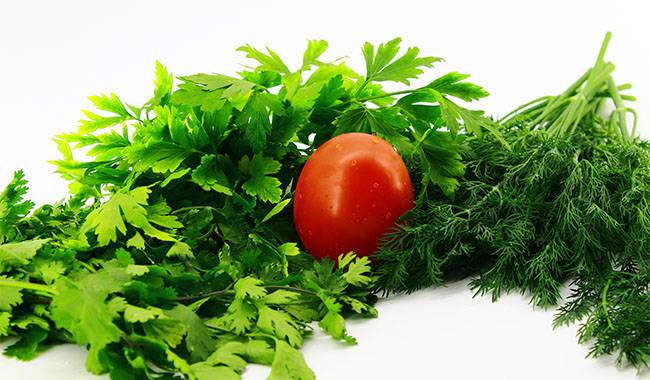
FACT 4: CILANTRO IS MORE THAN JUST AN HERB.
It is considered to be a medicinal plant. It can prevent diabetes. Studies have proven that the herb promotes insulin secretion and helps lower blood sugar levels.
It is great for the eyes and skin. Coriander has a positive effect on eye and skin health. And this is all thanks to its high content of vitamin A.
Nutritionists recommend foods rich in vitamin A for the prevention of eye diseases, including age-related diseases. For example, every 100 grams of the herb contains 6,748 IU or 225% of the daily requirement of vitamin A.
Another property of cilantro is its antibacterial properties. Cilantro is effective in “fighting” salmonella and enterobacteria.
Detoxification. One of the most important health benefits of cilantro is its ability to remove heavy metals from the body when combined with chlorella and garlic extracts. Cilantro, in particular, can be used to chelate heavy metals such as lead, mercury, and aluminum from the body. It can also eliminate gas in the stomach.
Vitamin K in the pantry. Coriander is a good source of vitamin K, which can slow down brain neuron damage in people with Alzheimer’s disease.
Rich in phytonutrients. Coriander contains many beneficial substances. Among them are phytonutrients, namely arbutinol, camphor, geraniol, kaempferol, limonene, and linalool. They are powerful antioxidants (designed to fight free radicals and to strengthen the body’s immune system).
The leaves and seeds are antispasmodic, regenerative, choleretic, expectorant, laxative, sedative, anthelmintic, wound healing, carminative, anti-hemorrhoid, and analgesic.
FACT 5: CILANTRO AND PARSLEY ARE MADE FOR LOVE.
It is a natural aphrodisiac and is effectively used in India to increase sexual desire. Therefore, herbs and seeds are added to food, as well as other aphrodisiac plants such as parsley, garlic, and celery.
Now you know the benefits of fresh cilantro as well as other forms of parsley. All that remains is to grow this plant in your garden, cottage, or home.




